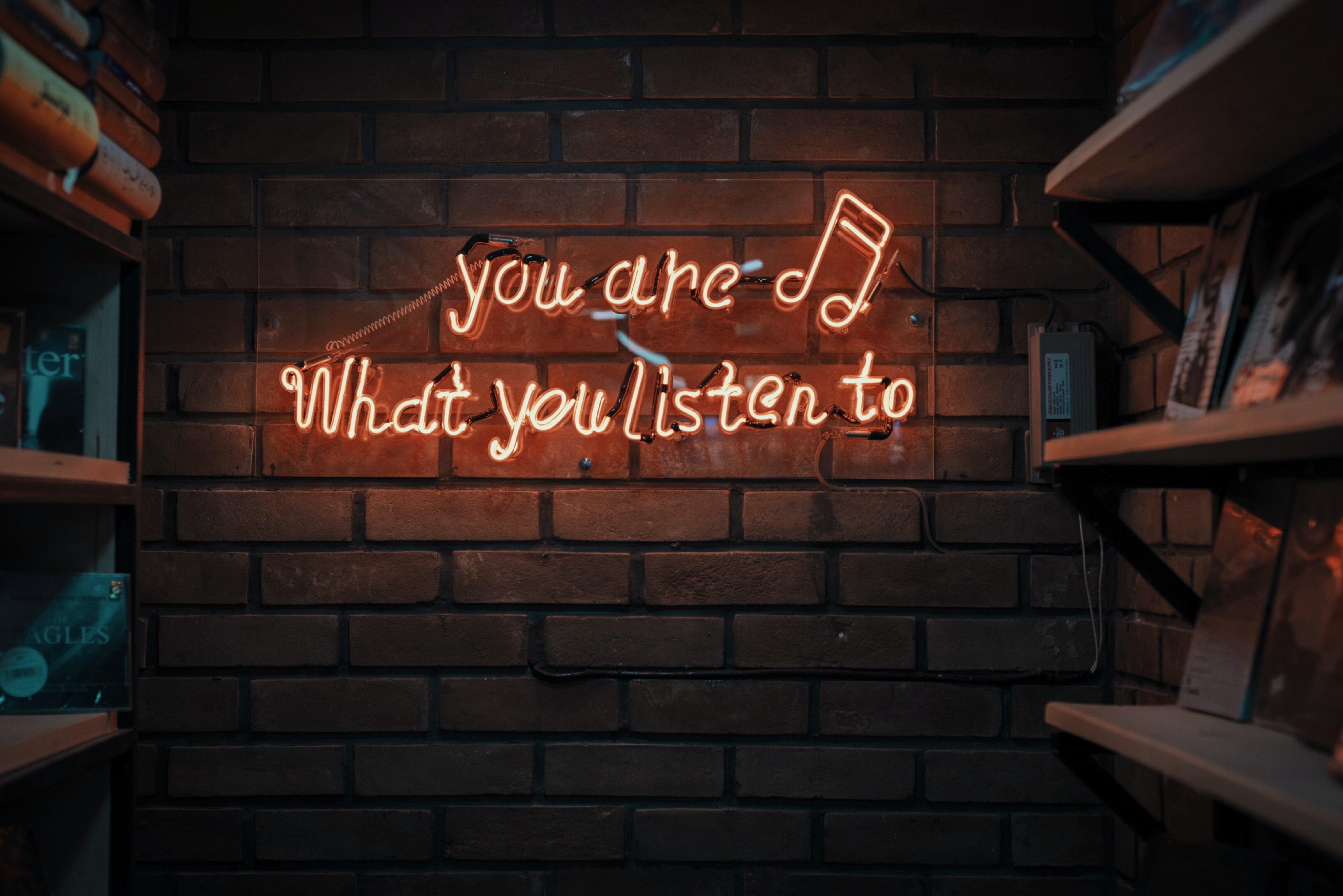Voice Cloning NFTs How Live Event Recordings Are Transforming Concert Memorabilia in 2024

The sound of a stadium shaking, the raw energy of a guitar riff caught perfectly in time – these are the memories we hold dear from live performances. For decades, the physical artifacts—a faded ticket stub, a slightly warped vinyl pressing of a live album—were the tangible connection to that moment. But something fundamental is shifting in how we capture and own that ephemeral experience. I've been tracking the intersection of advanced audio synthesis and digital asset ownership, and what's emerging feels less like a novelty and more like a structural change in how music history is preserved and monetized. We are moving past static recordings toward dynamic, personalized sonic artifacts.
Consider the sheer volume of audio data generated at a major concert. Millions of data points detailing every vocal inflection, every subtle instrumental decay, are captured. Now, imagine that specific, unrepeatable performance—say, the lead singer hitting a specific high note on the final encore—being isolated, modeled, and then tokenized as a unique digital asset. This isn't just about owning a recording; it’s about owning the *digital fingerprint* of that performance moment, callable through voice cloning technology. It presents a fascinating legal and technical challenge: defining ownership over a performance that is inherently temporal and collaborative. I find myself constantly questioning where the line truly sits between the artist’s established vocal model and the unique sonic event of that single night.
The mechanism hinges on highly accurate vocal models derived from live stems or high-fidelity audience recordings, refined through deep learning algorithms. Once this sonic signature of the event—the specific timbre, vibrato, and even the ambient crowd noise associated with that moment—is digitized and secured on a distributed ledger, it becomes a Voice Cloning NFT. What this means in practice is that a collector isn't just buying a digital certificate; they are acquiring the rights, often limited, to interact with or reproduce that specific vocal performance snippet using the artist's authorized cloned voice engine. This changes the collector's relationship from passive observer to potential custodian of a highly specific piece of auditory history. We must look closely at the smart contract parameters defining usage rights, as these dictate whether the asset is purely archival or if it carries some functional utility within emerging metaversal environments.
From an engineering standpoint, the fidelity required to convincingly clone a live vocal performance—capturing the slight imperfections, the breath control under pressure—is substantially higher than cloning a studio track. The live environment introduces acoustic variables that standard models often smooth over, yet those variables are precisely what make the recording valuable to a die-hard fan. Therefore, the quality of the resulting NFT hinges entirely on the preprocessing and the training set used to build the cloned voice module specific to that event. If the cloning process merely produces a generic approximation of the artist's voice, the value proposition collapses quickly, regardless of the NFT structure. We are observing a market where authenticity is not just about provenance but about the demonstrable accuracy of the synthetic recreation itself. I suspect that in the next phase, these tokens might even grant holders access to remix or re-render that specific live vocal track under new, controlled parameters, further blurring the lines between collecting and creation.
More Posts from clonemyvoice.io:
- →Crafting Voice-Overs for VulcanVerse A Guide to Recording Mythological Game Narratives
- →Voice Cloning Technology Enhances Mobile Audio Production in 2024
- →Exploring Voice Cloning Techniques for Alien Worlds-Inspired Audio Narratives
- →Voice Cloning in the Metaverse How Digital Avatars Are Finding Their Voice in 2024
- →The Impact of Voice Cloning Technology on Audiobook Production in 2024
- →AI Voice Cloning Transforms Content and Audience Connection